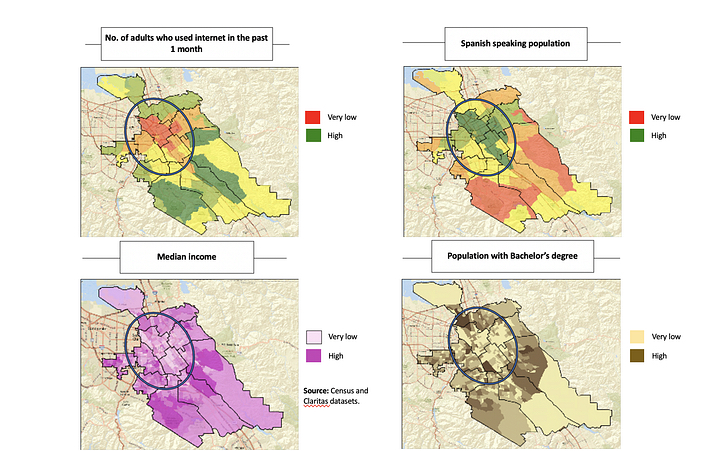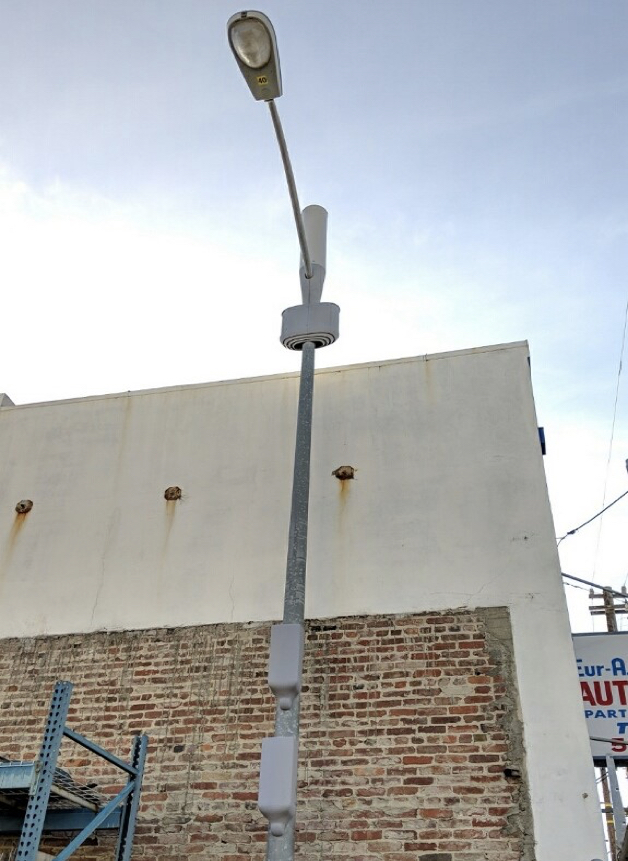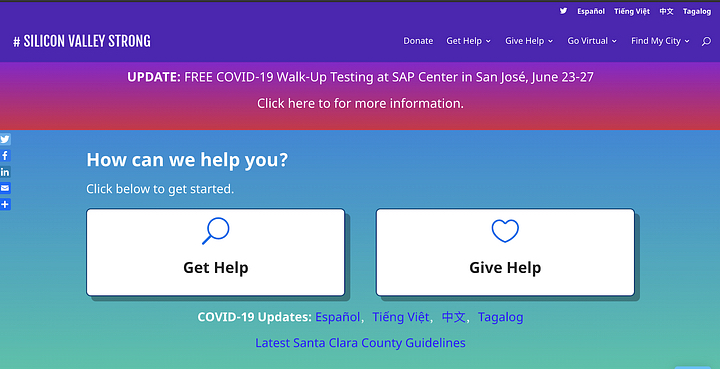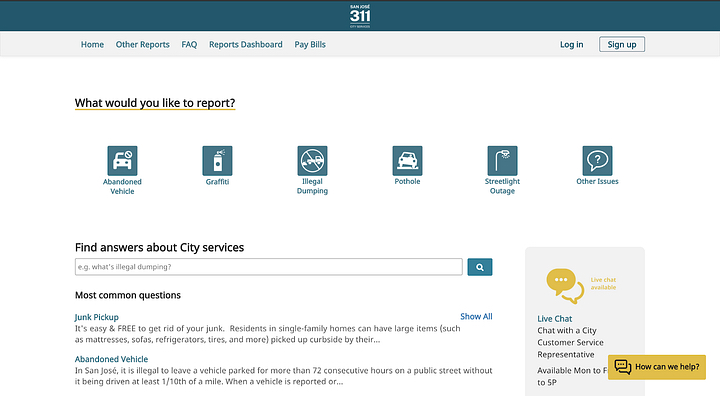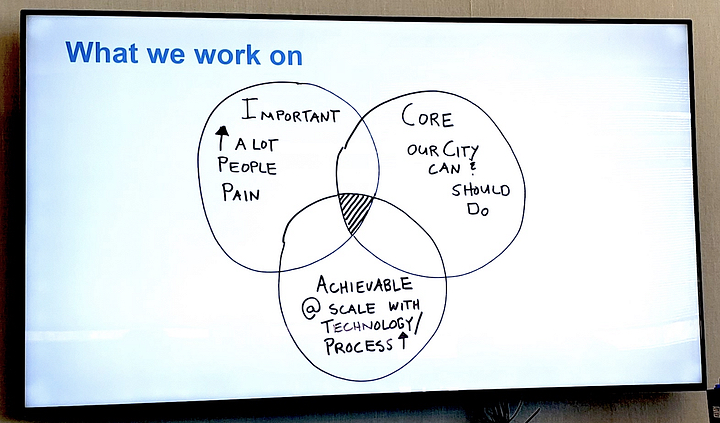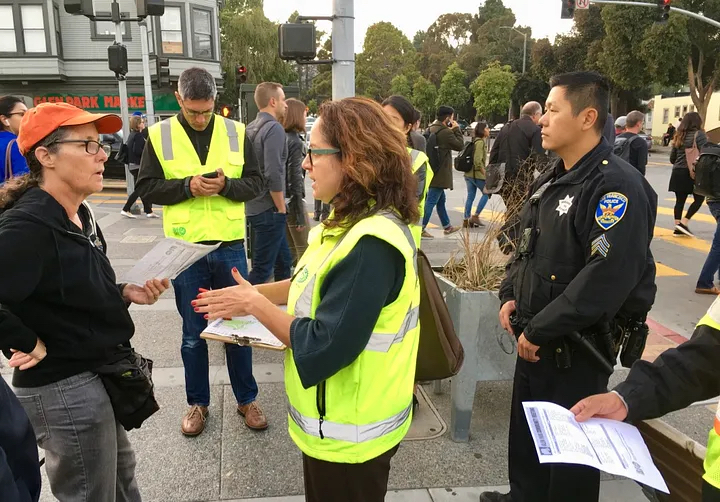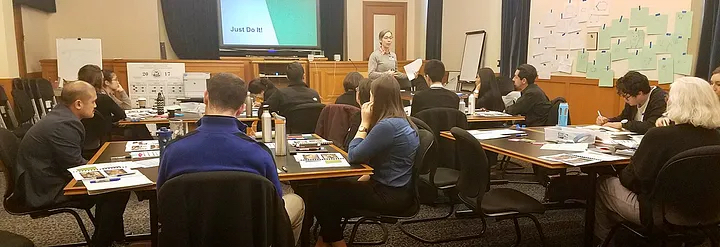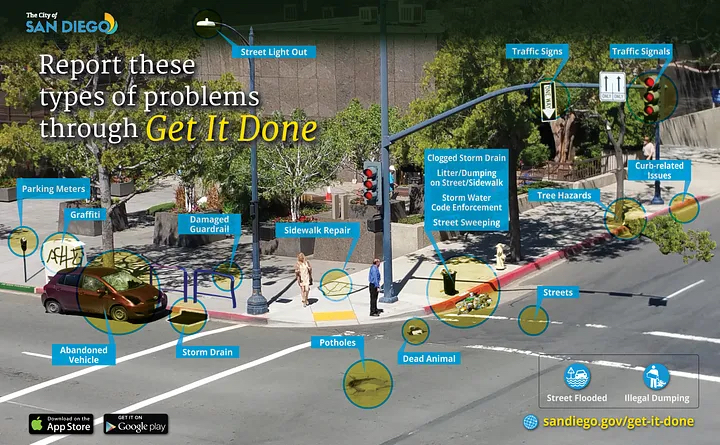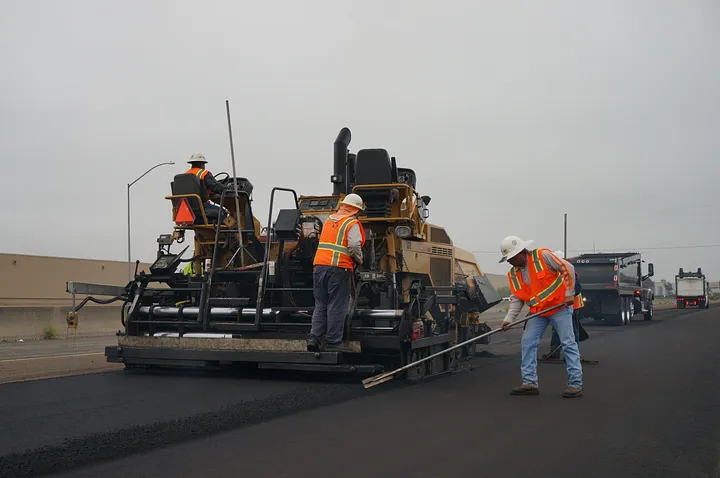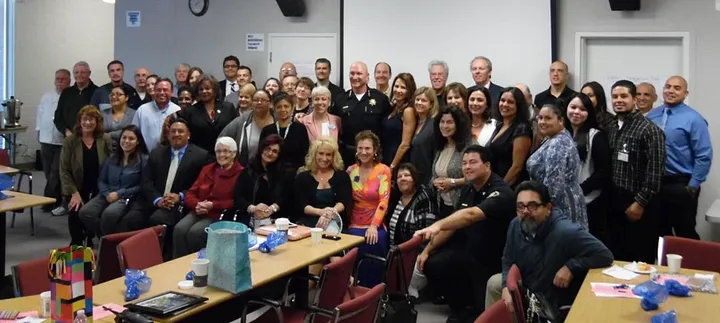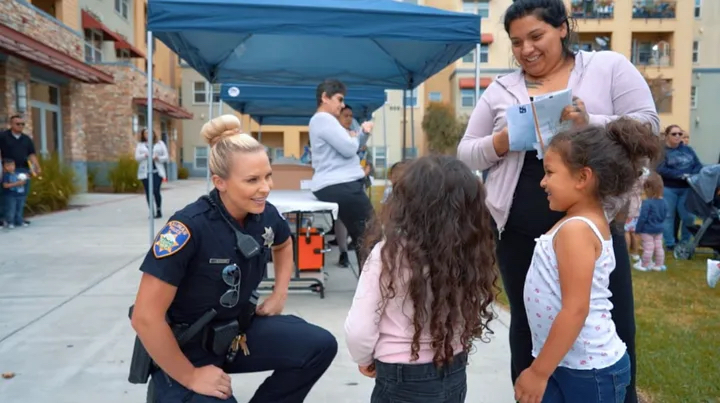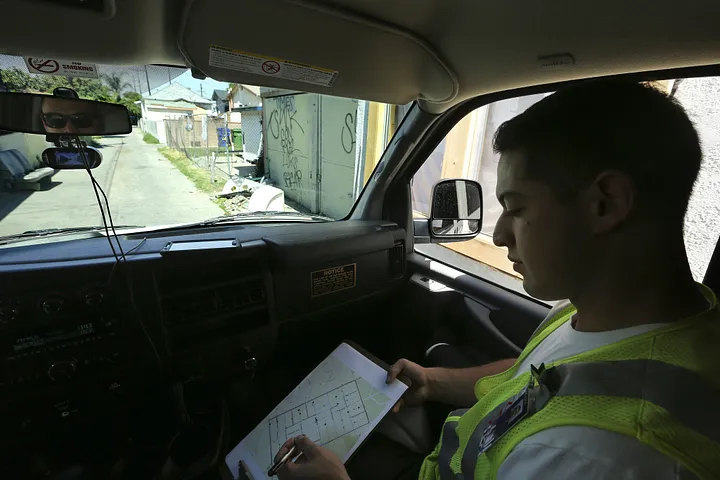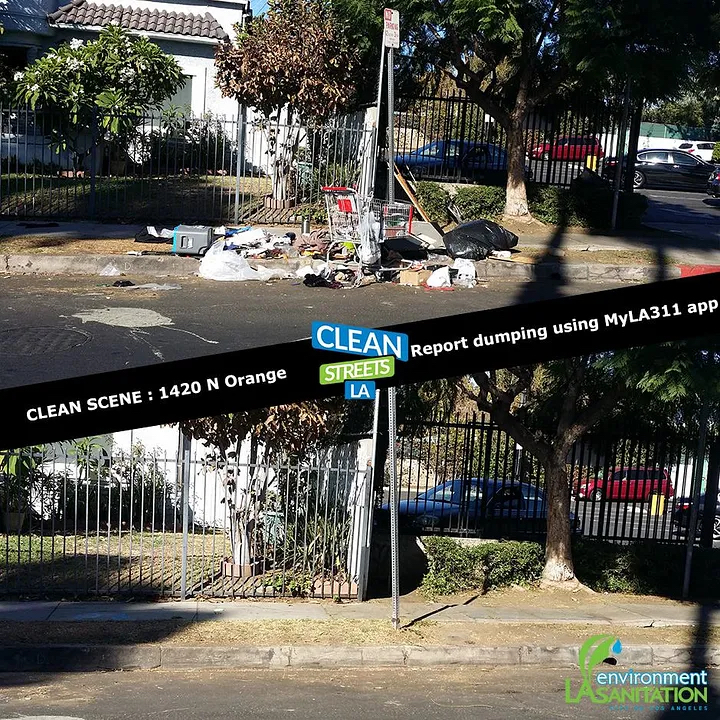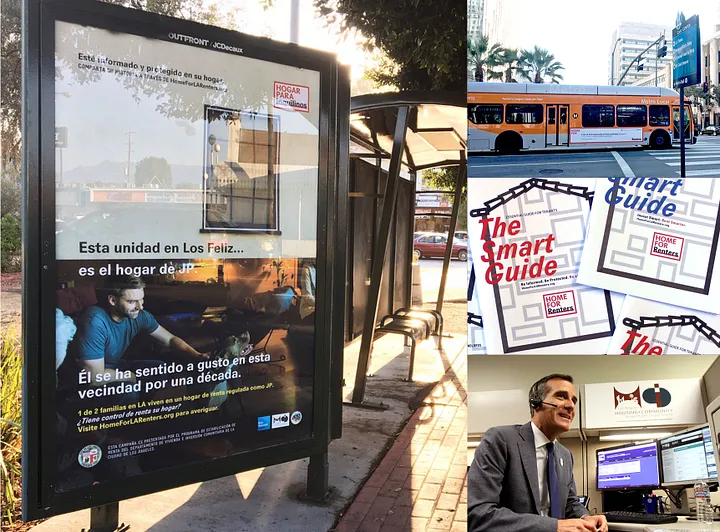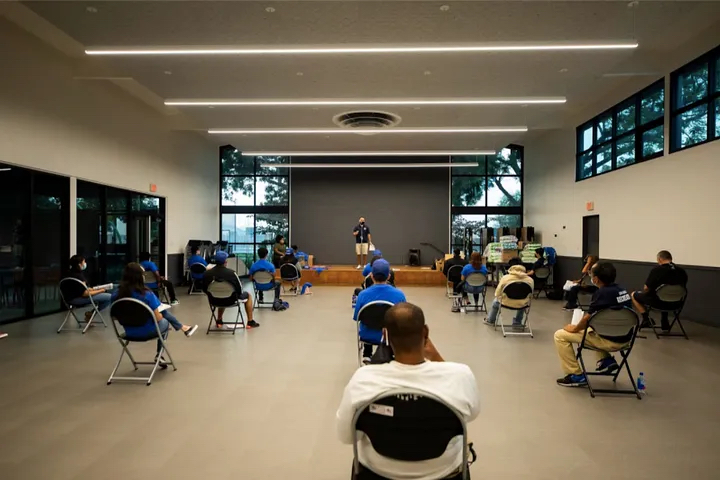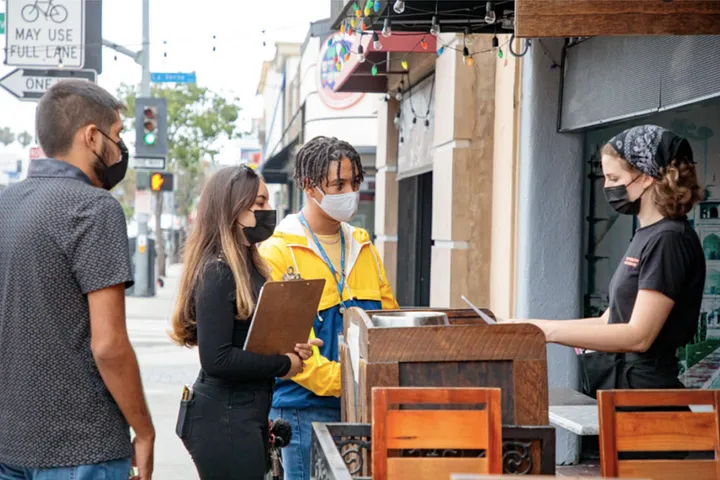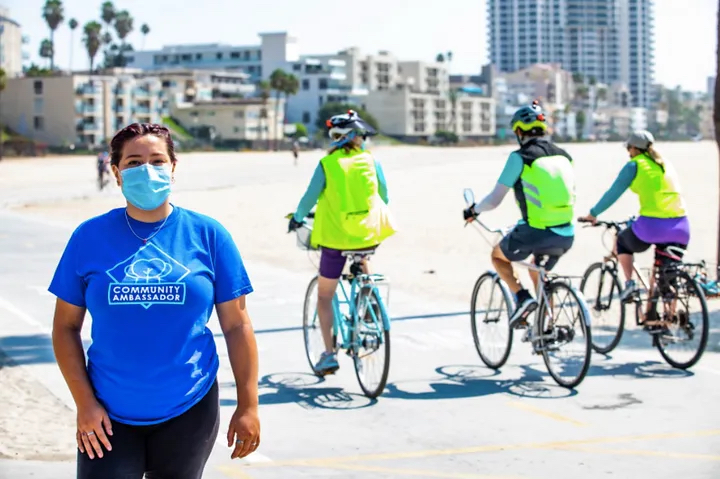Carlsbad, California, USA
Data and a Cross-Sector Approach Lead to Street Safety in Carlsbad.
Project Type:
Community Engagement, Finance, Health and Wellbeing, Infrastructure, Public Safety, Transportation

2024 Gold Certification
Carlsbad, California, achieved a 73 percent decrease in homelessness among veterans by leveraging data in new ways. A key to success was maintaining real-time personalized data on veterans experiencing homelessness, and using that information to catalyze collaboration among service providers to get veterans into permanent housing. The City also adopted its first “data service standard” aimed at making sure that new data products are designed to be as useful as possible for city leaders, residents, and others who may benefit.
2023 Silver Certification
Using road collision heatmaps and other data to inform interventions, the City saw a 19% decrease in all injury collisions.
Monitored progress and changed course when needed to achieve traffic goals using Performance & Analytics strategies.
City’s staff telecommuting policy reduced employee commute time by 47,000 hours and saved the City between $300,000 – $400,000. It has also improved traffic conditions for all city residents and eliminated 424 metric tons of greenhouse gas emissions.
Budget and finance processes require data and alignment with the city’s 5-Year Strategic Plan, to ensure funds are efficiently and effectively allocated to address the most important priorities of the community.
The number of collisions involving bikes and e-bikes was already surging in Carlsbad when, in August 2022, two bikers were killed during a 10-day period. The City had issued an ordinance on e-bike safety a few months before, but the tragedies and an alarming 233% increase in collisions involving bike and e-bikes between 2019 and 2022 promoted greater action. City Manager Scott Chadwick declared a 6-month local emergency, which was ratified by the City Council at its next meeting. The emergency allowed the City flexibility to move quickly and focus resources on encouraging everyone to be safer on the road.
Some residents worried that the emergency declaration would lead to less access for bikes or more traffic. But Chadwick was able to reassure them. “We’re going to let the data guide us,” he said. And that is exactly what they did.
Immediately after declaring the emergency, the City began gathering and analyzing additional data on collisions. They created heatmaps to identify the most dangerous intersections, did a 5-year trend analysis, and set up tracking for the future. Armed with data and streamlined procurement processes as part of the emergency declaration, the City was painting key intersections and bike lanes with high-visibility green paint within two weeks. In fact, they moved so fast that they exhausted the supply of green paint in the region.
Within 30 days of the emergency declaration, the City had a full plan in place for improving street safety. The Safer Streets Together Plan seeks to change public behaviors and attitudes by focusing on education, engineering and enforcement. “It wasn’t just, ‘Here’s an emergency.’ The public saw real things happening in the first weeks and months and that’s how this has changed things so quickly,” Chief Innovation Officer David Graham said.
Six months after declaring an emergency, injury collisions across all transportation modes were down by 19% compared to the same time period in the previous year, and injury collisions related to bikes and e-bikes had decreased 13%. Graham points to qualitative measures of success as well – street safety yard signs and car window clings on display throughout the community, residents saying they are wearing helmets and slowing down, and the city’s partnerships with schools and bike organizations.
Because of the positive trends and evidence of behavior change, in March 2023 the City Council voted to extend the emergency declaration for a few more months. City staff hope that a year’s worth of data and analysis will help build a sustainable approach to traffic safety and that the early positive trends will become permanent.
The traffic safety emergency is not the first emergency that Carlsbad has tackled with data-driven decision making. It took a similar and equally successful approach during COVID. Hopefully the City won’t have cause for testing its emergency response again anytime soon, but having a well-honed system for collecting and analyzing data, and for innovating and tracking outcomes means that no matter what the future holds, Carlsbad will be well prepared to handle it.
“To see transformation in government you have to invest in areas that aren’t readily apparent like data and analytics, process improvement and operational excellence. When we work together with our community to discover shared insights around issues like traffic safety, we can create impactful change.”
“It’s not easy to change the way people behave on the road. Often, you’re trying to change habits people have had for years or decades, for better or worse. By taking a balanced approach to traffic safety and digging into the data, we can see what’s working and what isn’t working, and learn how to be more effective as we move forward.”
